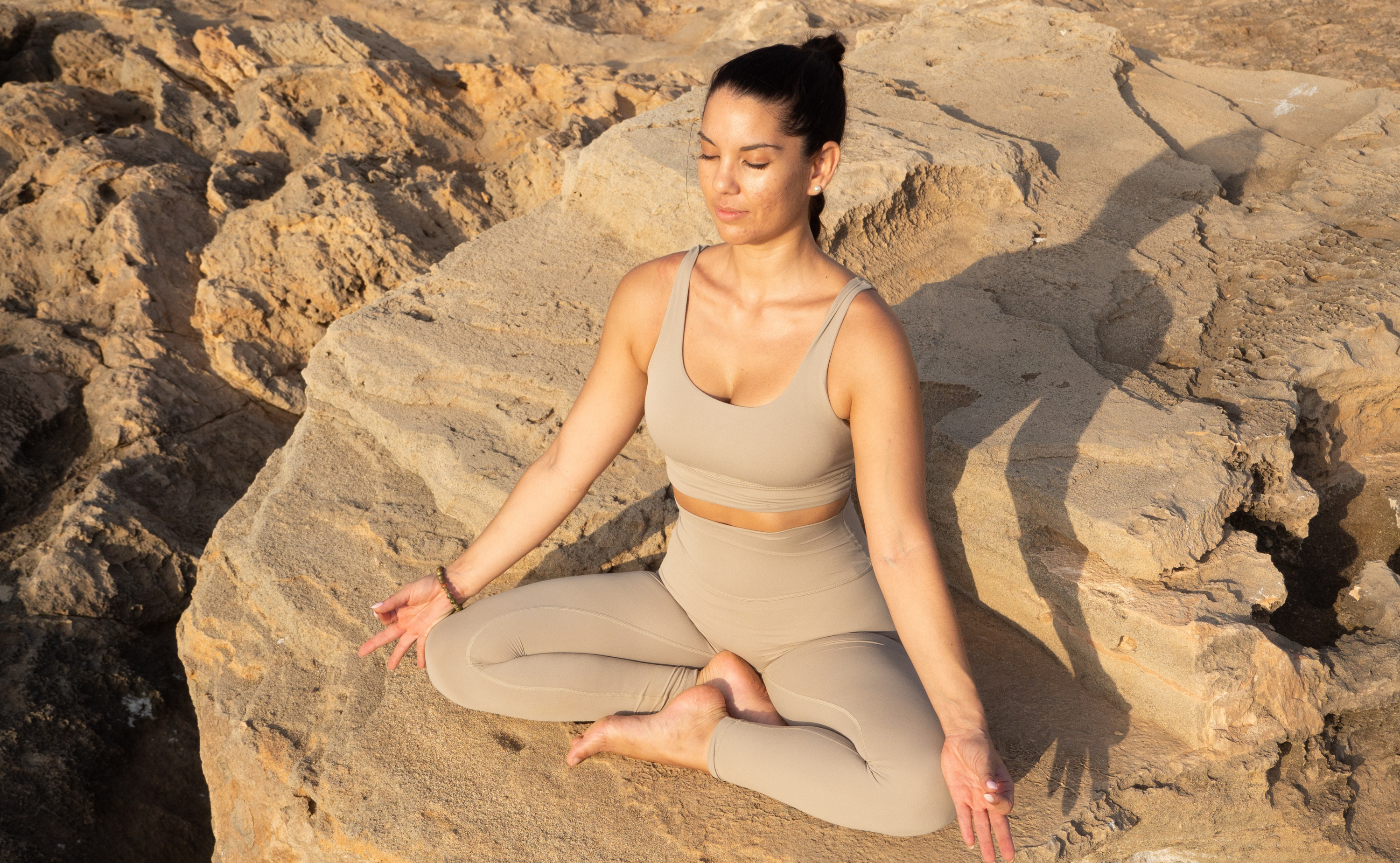First off, obtaining a certificate through traditional yoga alliances is great, but it isn't a requirement! There are endless amazing independent teachers and local yoga studios that offer Teacher Training courses to learn from and get inspired by. If your aim is to eventually teach yourself, many studios prioritize personality and your yoga journey. They often invite you to teach a few classes so they can experience your teaching style firsthand.
Understanding Different Hours:
Yoga teacher training programs are typically categorized based on the number of training hours required for certification. When we say "200-hour training," we're referring to the total number of instructional hours in the program. It's not the total number of days but rather the cumulative hours of classes, workshops, and other activities included in the training. The most common certifications are:
200-Hour Teacher Training:
This is the foundational level of certification and most common, covering essential yoga techniques, teaching methodology, anatomy, and philosophy. It prepares you to teach basic yoga classes confidently at most studios.
300-Hour Teacher Training:
This advanced level of certification builds upon the foundational knowledge gained in the 200-hour training. It delves deeper into yoga philosophy, more advanced asana practice, teaching methodology, and specialized areas of study.
500-Hour Teacher Training:
Combines the 200-hour and 300-hour training programs, offering a more extensive and in-depth study of yoga. It is ideal for already experienced yogis who want to deepen their knowledge and expertise in yoga even more.
Choosing the Best Yoga Teacher Training Program:
When deciding between obtaining a certificate through traditional yoga alliances, a yoga studio or independent teacher program, consider your preferred learning environment, teaching style, training program teacher, location, schedule, and budget. Yoga studio programs offer structured curricula, community support, and access to facilities, while independent teacher programs (sometimes online) provide personalized learning experiences and flexibility. Research and compare programs, student testimonials, attend information sessions, and ask questions to ensure they meet your goals and expectations.
Navigating the Certification Process:
Get ready to put in time and effort to meet the certification requirements, attending classes, studying on your own, practicing teaching, and taking tests. Approach the learning journey with an open mind and curiosity, diving deeper into yoga philosophy, anatomy, how to structure classes, and teaching techniques, rather than just focusing on poses. Work on understanding yourself better and ask for feedback from your peers and mentors to grow both personally and professionally.
Pro tip: consider attending the Teacher Training during your holiday might be advantageous.
Continuing Your Yoga Teaching Journey: Embracing Growth!
After becoming certified, your journey as a yoga teacher continues through ongoing learning and development. Participate in additional trainings, specialized certifications, workshops, and retreats to expand your knowledge and stay current with new trends and research in yoga. Begin by teaching privately to your friends and family, and perhaps eventually try teach at a local yoga studio.
Start your path to becoming a certified yoga teacher with confidence. Embrace challenges, celebrate achievements, and trust in yoga's ability to transform you. And last but not least, you'll also make lifelong friendships along the way :)




Why Yogis Asked Us to Create No-Front-Seam Leggings
Tips for Your First Reformer Pilates Class